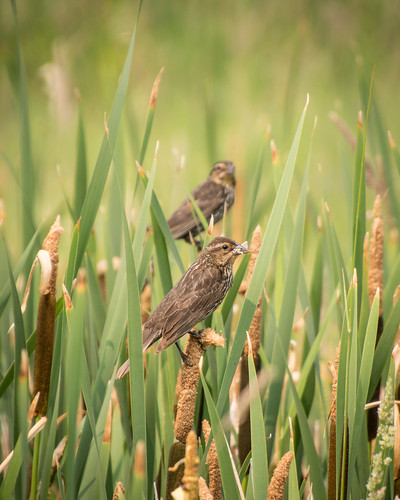Evolution of Urban Parks
“Urban parks systems play a critical role in achieving the objectives of the following public sectors: Culture; recreation; community development; heritage; economic development; health and wellness; natural environment; education; and transportation.”
Richard Louv coined the term “nature-deficit disorder” to describe the problems that arise when humans lose contact with nature. Louv says that nature awakens our senses, improving our memory, attention span, and productivity. It can relieve depression and improve physical and psychological well-being. It brings families and communities together.
Over 64% of Saskatchewan residents live in cities. As a result, there is a growing need to provide urban residents with opportunities to experience nature within city limits. There is a parallel need to protect the natural world, which is under increasing pressure with rapidly declining populations of plants, insects, birds, mammals, and other wildlife. Urban parks play an important role in addressing both these needs.
Recreation versus Nature
“Structured recreation, including organized sport, is often synonymous with the image of North American parks.”
The first urban parks, built between 1805 and 1900, were large natural areas on the outskirts of cities and were designed to provide a safe, pastoral landscape. Over time, parks moved into urban residential areas with an increased emphasis on recreation and social integration. There was less emphasis on nature: a stadium with a parking lot or a plaza could be described as a park.
Nowadays, municipal planners strive to address multiple, often competing, purposes when planning urban parks by attempting to provide ball fields and soccer courts as well as nature trails and forested areas.
The City of Saskatoon’s website states that approximately 12% of the city's parks landscape inventory is managed as a naturalized area, whose purpose is to “diversify and enhance the landscape leading to increased biodiversity in Saskatoon as well as provide an urban refuge for various forms of life.”
These naturalized areas are increasingly popular with city dwellers who come to parks to relax, enjoy the bird song, or delight in the sight of a beaver beside the river. A recent report studied how people connected with nature and found that 95% of the most meaningful experiences involved “wildness” – e.g. following a nature trail or spotting wildlife. Wilder urban areas benefit wildlife and native plants as well, providing nesting areas for waterfowl and other birds as well as pollen for bees and other insects.
Problems arise, however, when municipalities, in an effort to provide all things to all people, cram multiple different activities into designated park areas. Saskatoon’s Lakewood Park is a perfect example of this dilemma.
Saskatoon’s Lakewood Park
“Since 2012, 106 species of birds have been observed at Lakewood Park.”
As Saskatoon’s first naturalized park, it is also home to naturalized wastewater retention ponds and tall grass areas. A knowledgeable local birder says that “Lakewood Park, with a mix of ponds, marsh, tall grass, shrubs, and trees provides varied habitat supporting breeding and migratory birds. Since 2012, 106 species of birds have been observed at Lakewood Park by local naturalists.” The Saskatoon Nature Society frequently organizes bird walks in the park.
The future of this small slice of urban wilderness appears threatened by plans to enlarge the BMX track. The expanded track will run very close to the wetland areas and there will be expanded seating. Both noise and light pollution will increase. All these factors will affect not only the local bird population but also residents who come to the park to relax and enjoy nature.
Moira Moser, Naturalized Parks Supervisor, City of Saskatoon, says that the impact on the wildlife in the park has been considered, that construction will take place outside of breeding season, and that any trees or shrubs that need to be removed will be replaced.
But is that good enough? Are the demands of active recreation users outweighing the needs of residents who desire a wilderness experience, even in the heart of the city? And has there been adequate consultation? One local resident was particularly concerned about the limited information and feedback opportunities provided in her neighbourhood.
If you are eager to protect and expand the naturalized areas in the heart of your community, write a letter to your City Council or Councillor (Lloydminster, Moose Jaw, North Battleford, Prince Albert, Regina, Saskatoon, Swift Current, Yorkton).
Notes
Information about Lakewood Park was provided by Moira Moser, Natural Parks Supervisor, City of Saskatoon.
Information about the birds in Lakewood Park was provided by John Patterson, Saskatoon Nature Society.

